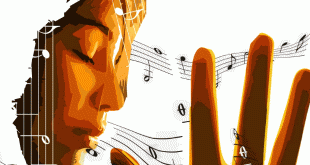Neil Gershenfeld — Physicist and computer scientist, Gershenfeld heads the Center for Bits and Atoms at the Massachusetts Institute of Technology, where he takes an interdisciplinary approach to quantum computing, nanotechnology, and personal fabrication.
Gershenfeld’s research interests are mainly in interdisciplinary studies involving physics and computer science, in such fields as quantum computing, nanotechnology, personal fabrication, and other research areas. His lab is currently located in the E15 building at MIT, but he has received funding to build a substantial extension to the building, shaped like a castle, which will house his lab in the future. His unique research group investigates the relationship between the content of information and its physical representation, from molecular quantum computers to virtuosic musical instruments. Technology from his laboratory has been seen and used in settings including New York’s Museum of Modern Art and rural Indian villages, the White House/Smithsonian Millennium celebration and automobile safety systems, Las Vegas shows and Sami reindeer herds.
Gershenfeld teaches a class at MIT called “How To Make (almost) Anything”, where the students have access to highlevel tools on which the university spends millions of dollars. He expected his course to be a lab for the top engineering students to master the machines. Instead, he is finding that non-technical students are showing up and and bringing varied backgrounds to bear on exploiting the possibilities and capabilities of the newest technology available. One student made a portable personal space for screaming that saves up your screams and plays them back later. Another made a Web browser that lets parrots navigate the Net. “From this combination of passion and inventiveness, I get a sense that these students are really reinventing literacy. Literacy in the modern sense emerged in the Renaissance as mastery of the liberal arts. This is liberal in the sense of liberation, not politically liberal.”
 Kids Portal For Parents India Kids Network
Kids Portal For Parents India Kids Network






